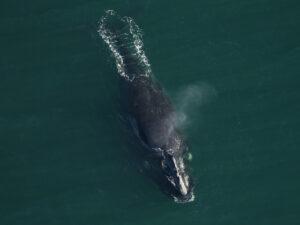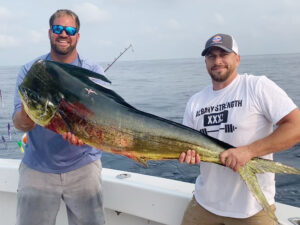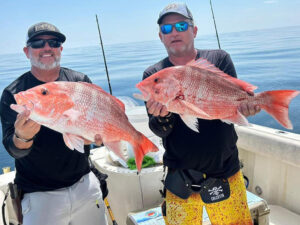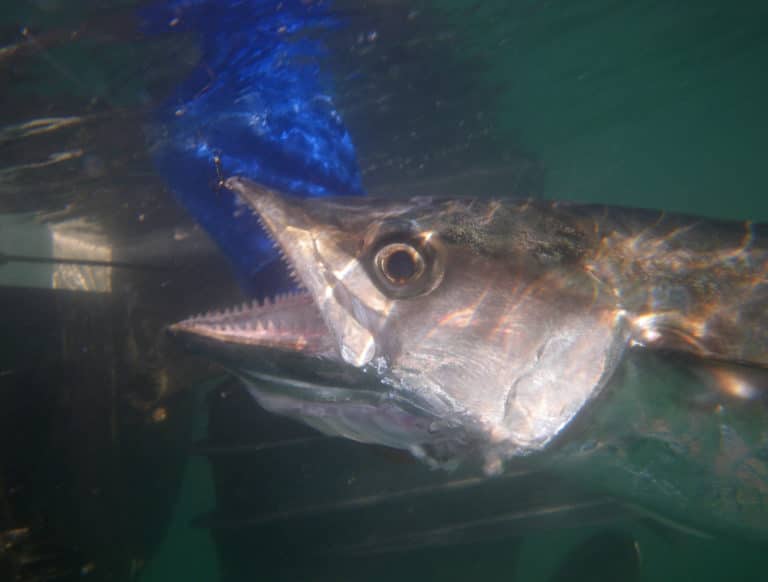O P I N I O N
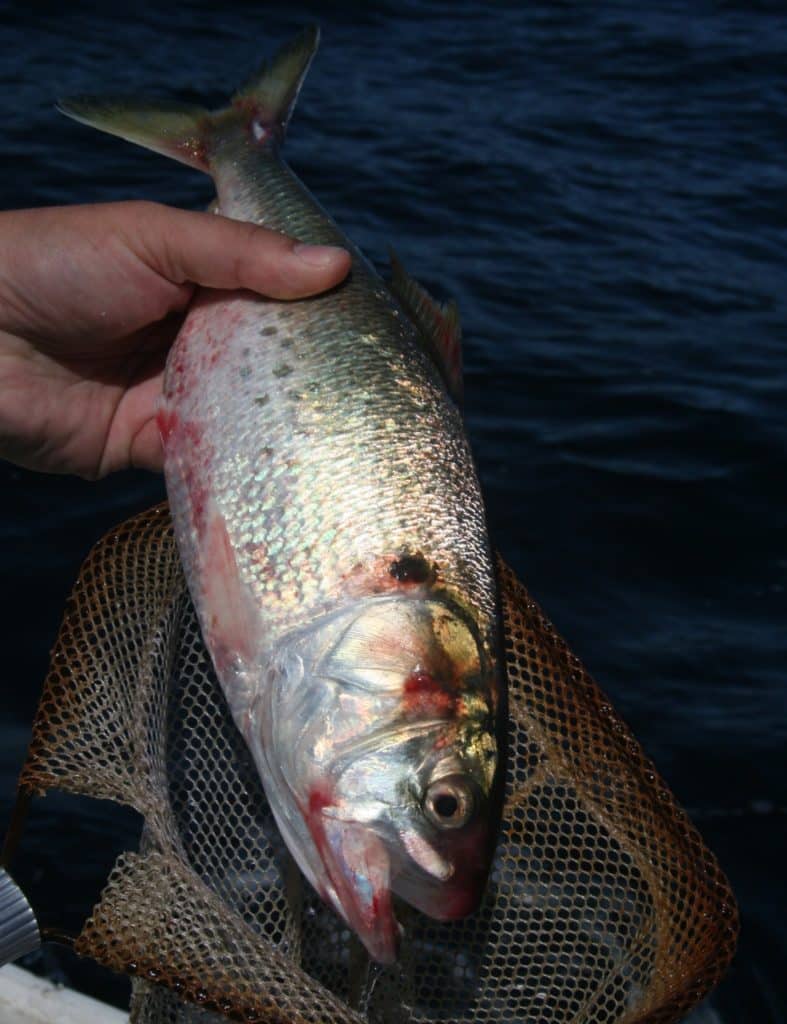
Fish don’t interact. They don’t eat other species nor are they eaten by other species. They aren’t affected by polluted waters or loss of habitat or warming ocean temperatures. In fact, the only thing that affects a species of fish is its harvest by fishermen.
Sound a little fishy? That’s pretty much the way we have always managed our valuable marine fish stocks — one species at a time, trying to maintain populations at a maximum sustainable yield, allowing us to harvest as many as possible while keeping that harvest sustainable.
The trouble with that approach is that — guess what — fish do interact, and lots of variables in addition to how many we catch affect their numbers. And how many we don’t catch — how many we leave in the system — affects in varying ways to varying degrees the populations of many other species.
Which is to say the biota in our oceans is interconnected in complex and intricate ways.
Yet federal and interstate fisheries management have traditionally relied upon what’s called single-species biological reference points. That means biologists manage (control the harvest for) the numbers of a species, with little regard for how it fits into its ecosystem.
Ecosystem-based fisheries management (EBFM) has, since the 1990s, been a concept pushed by environmental advocates and some fisheries-management authorities as well.
As described on NOAA Fisheries’ EBFM page, the concept signifies a “holistic approach” to management, taking into account “the complex suite of biological, physical, economic and social factors associated with managing living marine resources.” Or perhaps put more succinctly, it means looking at the big picture.
It’s bad news that two of the four options under consideration would retain single-species management. Not surprisingly, commercial-fishing interests support this approach.
Unfortunately, few of the eight regional fishery-management councils have embraced or adopted ecosystem-based management thus far (though three — the mid-Atlantic, North Pacific and Pacific councils — do at least prohibit fishing on unmanaged forage species).
As you might guess, single-species management is, well, manageable, while EBFM is more complicated.
But EBFM might be coming to the mid-Atlantic in a big way for a small fish.
The Atlantic States Marine Fisheries Commission is in the process of revising its approach to managing one of the forage fish most important to East Coast commercial fisheries — and to the entire East Coast ecosystem — the menhaden.
Commission members are now in the process of considering four options for “reference points” by which menhaden will be managed in the future. Option D calls for managing menhaden on a precautionary basis, allowing for a baseline figure often cited in EBFM that would leave 75 percent of menhaden (aka pogies) unharvested.
This would ensure the species fulfills its vital ecosystem role as essential prey for multiple predators (including striped bass, red drum, cobia, bluefish and others, as well as marine mammals) along the entire Atlantic Coast. Secondarily, menhaden function as a tremendous cleaner of the Chesapeake Bay and Atlantic coastal waters that they constantly filter water while ingesting plankton.
Option D would also offer an emergency halt to all fishing should menhaden populations drop to 40 percent.
So it’s good news for our coastal waters and our sport that the ASMFC might manage menhaden ecologically.
But it’s bad news that two of the four options under consideration would retain single-species management. Not surprisingly, commercial-fishing interests support this approach; it manages for the maximum-possible harvest of menhaden to go to Omega Protein for reduction to fertilizer and pet food.
Between now and this fall’s final decision, ASMFC members will be looking at public input gathered late in 2016 and contemplating the primary purpose of the humble little pogy. Let’s hope that decision calls for Option D, which places the health of Atlantic coastal waters before commercial interests.
To learn more about this vital issue, visit Wild Oceans, a tireless advocate for the humble little pogy.
Sport Fishing welcomes opportunities to share a variety of perspectives from prominent or influential participants in issues related to recreational fishing and fisheries.

